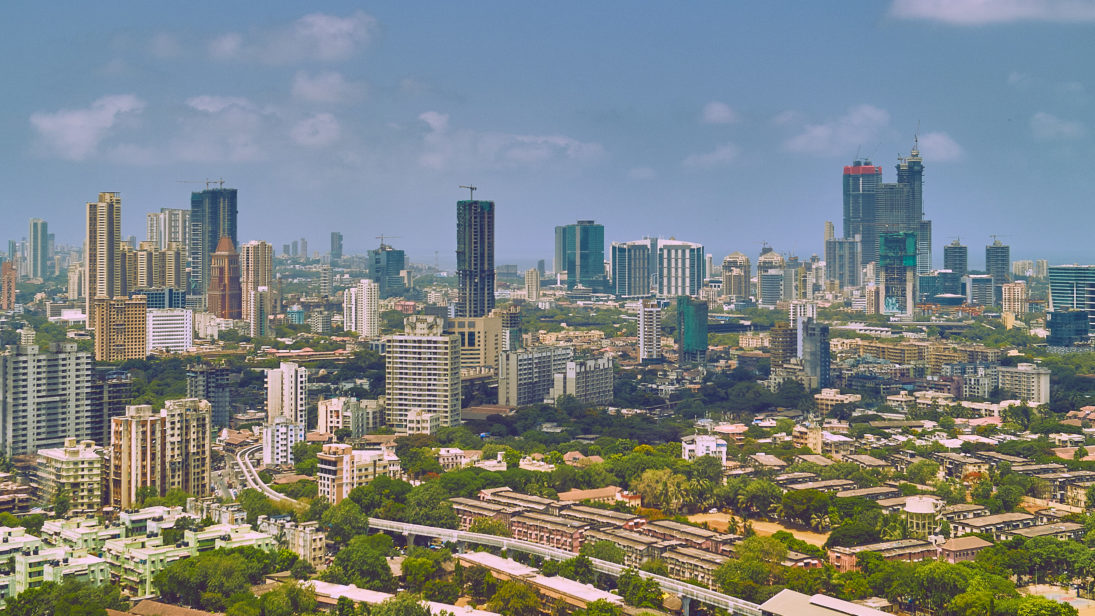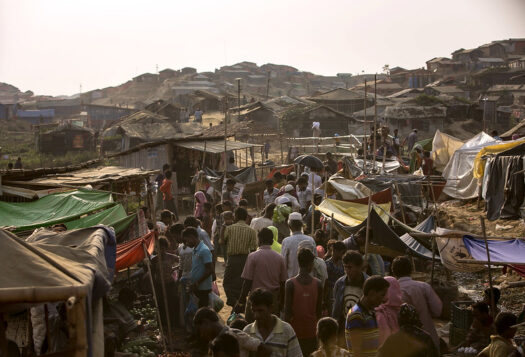
For nations that have emerged from a history of economic suppression, isolation, or recession, identifying a path to higher economic growth has been a topic of study for decades. Growth and development economics scholars have worked extensively to ascertain models that allow developing nations to design policies on pre-defined economic prescriptions, using some mathematical deductions. However, India’s growth journey has been quite peculiar, and has exacerbated socio-economic differences. India must revise its growth strategy, focusing on a greater role for states, in both incentivizing and managing the benefits created through markets.
Jawaharlal Nehru’s era (1947-65) saw economic planning based on a model devised by economist-statistician Prasanta Chandra Mahalanobis. The model put the accent on snowballing state-driven investment in heavy industrialization, as a way to raise per capita income. The cornerstone of the Nehru-Mahalanobis strategy was to build more machines as capital goods, which were a basic input in all lines of production.
The strategy, since the 1950s, did in fact help spur economic growth (an average rate of 3.5-4 percent was achieved, as calculated from Figure 1 below) with improved gross production outcomes. However, if we go beyond associating economics of growth only with an increase in the level of productivity for an economy, the Nehru-Mahalanobis strategy seemed incomplete.
Figure 1: India under Nehru: Annual Growth Rate (%)
Source: Author’s calculations from Economic Survey 2002-03
India’s growth story has observed cyclical periods, with excessive state intervention (such as in the Indira Gandhi regime) followed by periods advocating for minimum state intervention (since the 1990s), as a means to achieve reasonable gains for all. However, goals to address socio-economic challenges, such as poverty, unemployment, and inequality, have often found ephemeral mention in planning and policy documents.
The role of Indian states in developing policies to supplement increased physical capital formation with substantial human capital investment (such as in health, and education) while supporting local institutional reforms (in areas such as labour laws, and policing) has remained marginal. It is not simply the old state versus markets debate that should be invoked here, but howa state can effectively finance growing social needs while maintaining economic growth.
After 1991, through the New Economic Policy, India was seen opening itself to the world, abolishing most forms of capital and business controls that existed in the form of licensing. This marked an end to what most economists called Soviet-style centralized economic planning, which advocated absolute state intervention for economic growth.
However, despite the liberalization package adopted in 1991, most of India’s economic class did not reap equitable, long-term benefits until the mid-2000s. In a paper written in 2012, I explain this by studying how the level of internal socio-economic divergence (measured through rural-urban inequality levels) arose with poor implementation of the 1991 pro-liberalization scheme. Though reforms of a liberal economic nature were long overdue, existing disparities, such as poor employment opportunities, low spending on health and education, and high rural-urban income inequality, needed and still need focus.
Figure 2: GINI Index (Parameter for measuring inequality)
Source: Author’s calculations based on World Bank estimates
GINI Index: Closer to 100 represents more income inequality and vice-versa, based on consumption patterns
The sudden drop in state/central public expenditure on social welfare and basic infrastructure, with a view to cutting fiscal deficits, further exacerbated rural-urban disparities (analyzed in my paper). If we study the GINI coefficient (Figure 2), which measures levels of income inequality (represented here as an index), we find a wider divergence due to the increase in the levels of income inequality starting from the mid-1980s, which correlates with the beginning of the economic liberalization phase (since the end of Rajiv Gandhi’s regime).
The necessity of a “visible hand”
India’s economy will find it difficult to achieve prosperity for all, unless the state incorporates an expanded endogenous growth approach. India needs a model that pushes for home-grown/indigenous knowledge, institutions, and technology. A state can best tackle socio-economic problems incorporating such an approach in the designing architecture of economic policies.
Figure 3: Growth Economics in one page with a Threefold
Source: Dani Rodrik, “In Search of Prosperity” (2002).
Indian states have displayed limited capabilities in prioritizing intervention that strengthens the role of public institutions, and policies for investing in human capital accumulation. Investments that ensure a better standard of living need to be accounted for in planning for growth. There is also partial emphasis on the use of facts, because of a lack of will in implementing guidelines, and due to static bureaucratic committees not guiding governments effectively. A fair assessment of policy measures and their outcomes, through hard statistics and data, is needed to bridge the gap between planning and implementation.
The nature of the solution lies in the nature of the problem itself. Economic openness through increased trade and investment does allow an onset of higher economic growth over time, raising the per-capita income for emerging nations like India. But the role of the state remains critical for consistency, and creation of sustainable developmental processes over time. Developing states must thus realize their role as active stakeholders in managing market-created incentives—as carrying them to fruition remains vital.
***
Image: Vidur Malhotra, Flickr





